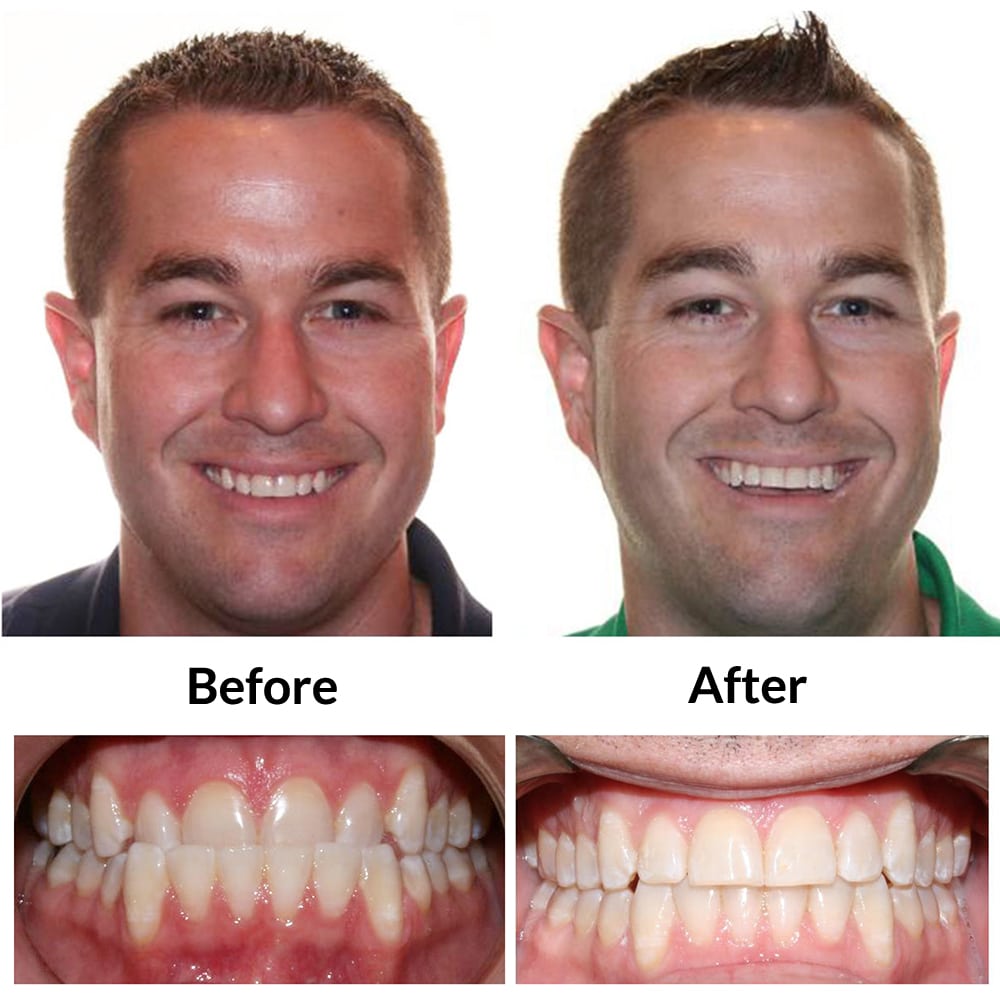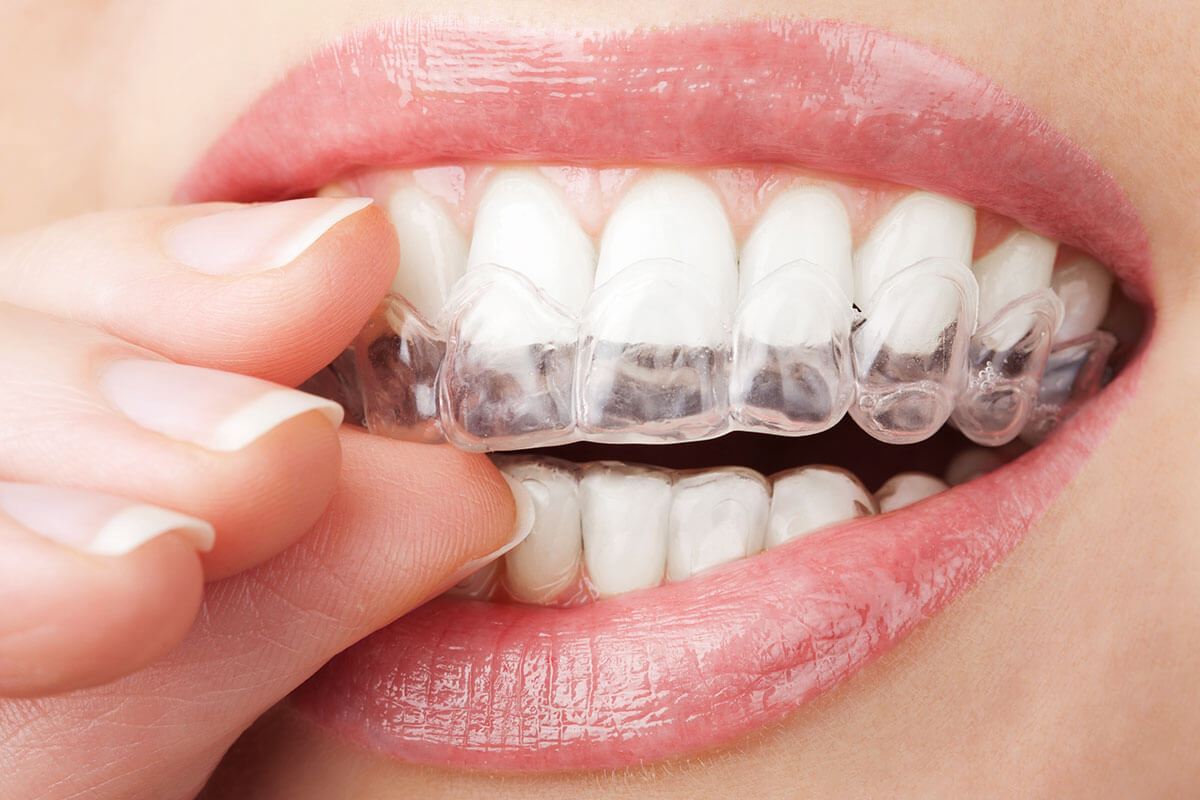Invisalign for Teenagers: A Modern Solution to Straightening Young Smiles
Invisalign for Teenagers: A Modern Solution to Straightening Young Smiles
Blog Article
Invisalign vs. Typical Dental braces: Which Option Is Right for You?
When thinking about orthodontic therapy, the selection between Invisalign and typical braces provides numerous important elements that merit cautious analysis. Invisalign offers a discreet alternative with removable aligners, while conventional braces give a more visible yet effective solution for severe misalignment. Each option encompasses unique benefits and disadvantages associated with visual appeals, comfort, therapy period, and expense. Recognizing these subtleties is vital for making an educated choice that straightens with your individual choices and way of life. The concern remains: which option will best meet your orthodontic needs and assumptions?
Summary of Treatment Options

In comparison, conventional braces include metal braces and cords that are adhered to the teeth. This method uses continuous stress with time to accomplish alignment. While effective for complex orthodontic concerns, typical braces need routine visits for adjustments and can posture obstacles in keeping dental hygiene due to the difficulty of cleansing around brackets and cords.
Both alternatives have their merits, and the option typically pivots on certain dental conditions, way of living preferences, and person compliance. Eventually, consulting an orthodontic specialist is crucial for determining the most suitable therapy strategy customized to individual needs. Understanding the nuances of each alternative can dramatically influence the general success of orthodontic therapy.
Aesthetic Factors To Consider
A considerable element affecting the option in between Invisalign and traditional dental braces is the visual charm each therapy provides. Invisalign aligners are crafted from clear plastic, making them practically unnoticeable when worn. This discreet look is particularly interesting adults and young adults that may feel self-conscious regarding their orthodontic treatment. The capacity to preserve an all-natural smile throughout the positioning procedure can significantly improve the client's self-confidence in social and professional settings.
In comparison, standard braces contain metal braces and wires, which can be extra obvious. While innovations in orthodontic technology have led to the growth of smaller sized braces and colored elastics, typical braces still maintain a more conspicuous account. For some people, the presence of braces may hinder them from looking for essential therapy.
Ultimately, the choice between Invisalign and typical braces may depend upon individual choices concerning aesthetic appeals. Individuals who focus on discretion often lean towards Invisalign, while those who are less concerned regarding presence might go with typical dental braces. Understanding the visual implications of each alternative is crucial for making an informed choice that lines up with one's way of life and preferences.
Comfort and Convenience

In terms of comfort, Invisalign aligners are detachable, enabling people to appreciate their favorite foods without limitation and preserve optimal dental hygiene. Brushing and flossing are streamlined, as the aligners can be taken out during these regimens, whereas standard braces call for cautious maneuvering around brackets and wires.
In contrast, standard dental braces necessitate routine adjustments, making them much less practical for those with hectic timetables. Overall, the comfort and benefit of Invisalign make it an appealing selection for many people looking for orthodontic treatment.
Treatment Duration and Efficiency
While both Invisalign and standard braces work in fixing dental misalignments, the period of treatment can differ substantially in between both alternatives. Generally, Invisalign treatment can take anywhere from 12 to 18 months, depending upon the complexity of the situation. The clear aligners work by slowly shifting teeth into their preferred placements, and regular follow-ups with an orthodontist help ensure progression stays on course.
In contrast, typical braces usually call for a longer commitment, normally ranging from 18 months to three years. This results from their fixed nature and using cables and brackets, which can be visit this web-site more effective for intricate instances and extreme misalignments (Invisalign). The treatment efficiency of traditional dental braces is well-documented, as they permit exact changes and better control over tooth motion
Eventually, the selection between Invisalign and typical dental braces may rest on both the anticipated treatment duration and the certain dental problems at hand. Consulting with an orthodontist is vital, as they can offer tailored referrals based upon specific requirements, making certain the picked approach lines up with desired timeframes and outcomes.
Expense Contrast and Insurance Coverage Choices
Expense plays a significant role in the decision-making process for people thinking about orthodontic therapy, whether opting for Invisalign or standard dental braces. Generally, the expense of Invisalign ranges from $3,000 to $8,000, while traditional dental braces normally set you back between $2,000 and $6,000. Variables influencing these prices consist of the complexity of the instance, the duration of therapy, and geographical area.
Insurance policy protection can substantially affect out-of-pocket costs. Several oral insurance coverage strategies give partial protection for orthodontic therapies, yet the specifics can vary widely. It is important for people to examine their insurance coverage to determine the extent of protection for either alternative. Generally, conventional braces might be more regularly covered by insurance policy plans contrasted to Invisalign, which some insurance providers categorize as a cosmetic treatment.
Additionally, several orthodontic practices use versatile repayment plans, making both treatment alternatives extra accessible. Individuals need to ask about possible financing alternatives and discount rates for upfront payments. Reviewing the overall expense, consisting of insurance policy benefits and layaway plan, useful content is necessary for making an informed choice that straightens with both visual preferences and budget plan factors to consider.

Verdict
In recap, the selection in between Invisalign and standard dental braces hinges on numerous aspects, including visual preferences, convenience, treatment period, and cost. Invisalign offers a discreet, removable choice that promotes dental health and dietary flexibility, while standard dental braces might be better for intricate dental problems and typically come with a reduced cost point. Inevitably, assessment with an orthodontist is important to evaluate individual scenarios and establish the most suitable treatment choice for attaining optimum oral positioning.
When thinking about orthodontic therapy, the selection between Invisalign and typical braces provides numerous essential factors that merit careful evaluation.Contrasting Invisalign and standard braces reveals distinct treatment alternatives for orthodontic improvement.While both Invisalign and conventional braces are reliable in dealing with dental imbalances, the period of therapy can vary substantially in between the 2 choices.Cost plays a considerable duty in the decision-making procedure for people taking into consideration orthodontic treatment, whether opting for Invisalign or standard braces.In summary, the choice in between Invisalign and standard dental braces pivots on numerous variables, including visual preferences, comfort, treatment duration, and price.
Report this page